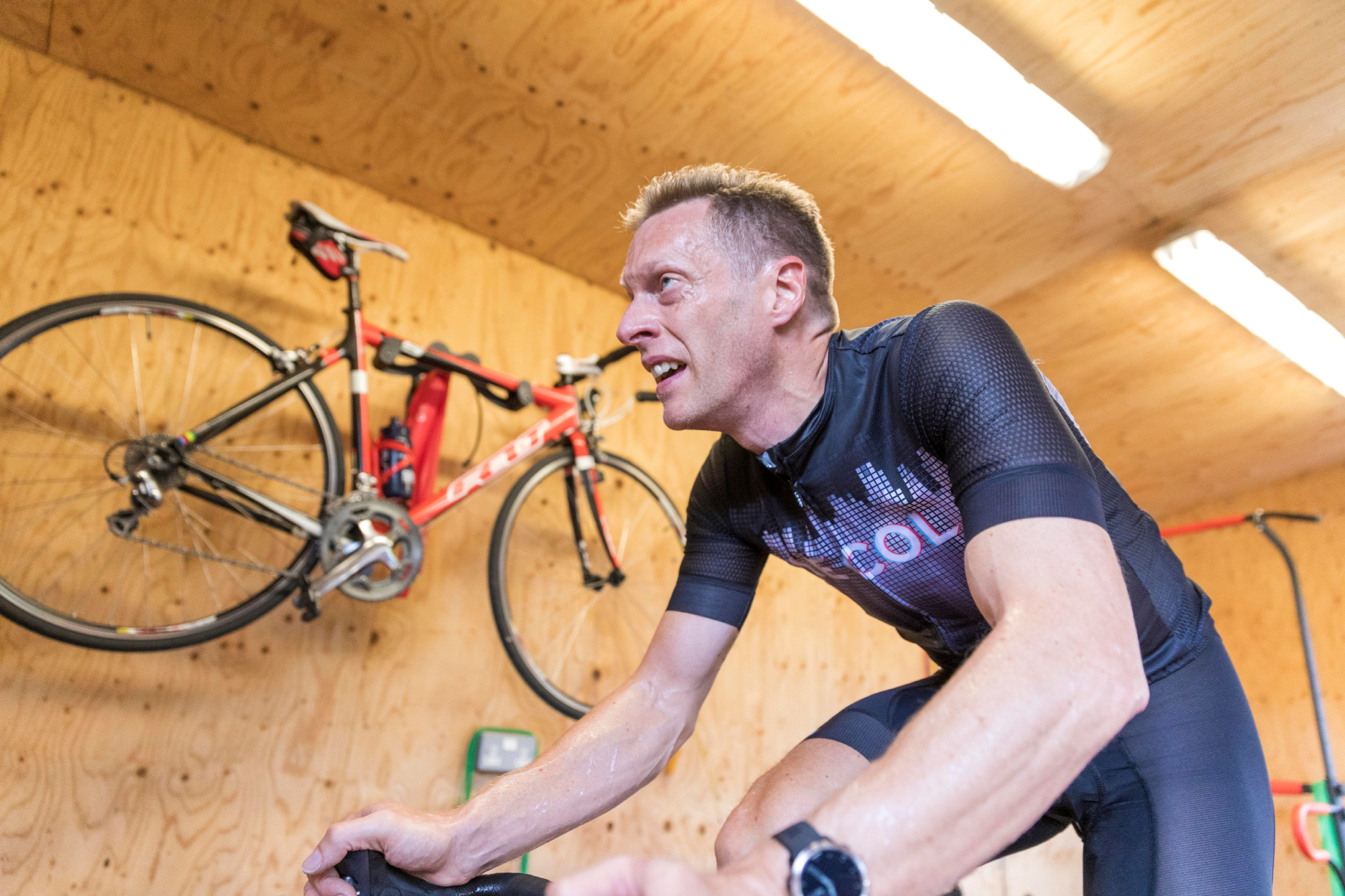Ask a Coach: 'I've hit an FTP plateau - what can I do?'
Struggling to gain the extra watts? It's time for a shake-up...


If you’re seeing little or no improvement despite keeping up your training, there’s every chance you’re plateauing. Why might this be happening? Let’s start with a quick reminder about how training and improvement work. In simple terms, when we train, we cause stress. The stress creates a stimulus. With enough stimulus, our body adapts to ensure we can cope with this stress better next time. This typically occurs during the recovery element, which is underpinned by recovery, sleep and nutrition.
So, we need an optimal balance of all these different components to ensure we adapt to our training and thus increase our functional threshold power (FTP) or critical power (CP). Let’s go through a few of the key components and find out how they can cause a plateau in your fitness progression.

Alex is a physiologist and performance coach who is studying for a PhD in critical power and W’ at Loughborough University. He competed for 10 years on the bike, including for GB in both cyclo-cross and mountain bike events, and as a coach has worked with cyclists of all levels including ultra-endurance world champions and Tour de France Femmes participants.
Are you creating a training stimulus?
Are you doing enough training? This should be aligned with your goals. But if you have reached a plateau this might be something to consider. Are your sessions focused on improving your FTP/CP? Do you have a structure or plan that you are following or simply picking sessions at random without giving much thought to what they are doing? You should consider adding in some variation. Simply doing the same session, with the same length of interval, is not conducive to adaptation because, after a while, this simply won’t provide enough stimulus.
Is your training progressive?
Another key element is progression. As mentioned above, the same session week on week will only take you so far. Consider small changes each week just to add a little bit of overload. This could be through a duration increase, a power increase, or depending on the type of session you can also change the recovery power and duration. The flip-side is that you may be doing too much intensity, which is creating too much fatigue. Without sufficient recovery, adaptations are unlikely to occur, with session quality further dropping off.
Are you taking recovery seriously?
Rest days are often – wrongly – considered unproductive and not useful for training. But in fact they hold so much value. You can do a ‘recovery ride’ but just make sure you do it at an easy enough intensity level. The whole point is to not induce any more fatigue through training to allow your body and mind to adapt. Additionally, not scheduling regular recovery weeks is often where you find the cause of a plateau. I would advise one recovery week after every three to four weeks of training. This doesn’t have to be a week off the bike, but look to reduce the volume and intensity and do have a few days off the bike. You can only train as hard as you can recover.
Running on empty?
An element often forgotten is fuel. Ensuring you are well-fuelled before your training sessions and keeping topped up throughout is key. Protein is very important too: it helps with repair and growth. Aim for 1.6g per kilo of bodyweight per day. Sub-optimal amounts have the potential to impair your day-to-day recovery. In turn, this can have an impact on your progression. Here, an easy win can be with recovery drinks. Take a look at your overall intake of the key macronutrients and where possible look to match your nutritional demands with your training, this is something we call ‘fuelling for the work required’.
Get your eight hours
Sleep is where the repair and growth typically happen, and the power of good sleep should not be underestimated. You should aim for around eight hours per night – but this can vary with load and other life stressors. When we look at sleep from a broader perspective and not just a single night, it becomes evident that time and quality both play an important role. If you have sufficient time asleep and a good quality of sleep, it’s likely that you’ll feel less tired day to day, meaning you can have greater consistency in your training since you’re in a better state to execute your session, to create a better stimulus and to have the ability to recover from it.
The latest race content, interviews, features, reviews and expert buying guides, direct to your inbox!
Many things can be blamed for your training plateau, but go back to basics and make sure the fundamentals, the building blocks, are all in place. These are the easy wins – the low-hanging fruit to pick off and which will have the most impact in the fastest time. Once you’ve got those back in order, the rest can follow.
Got a question for a coach? Email david.bradford@futurenet.com with ‘Ask a coach’ in the subject line.

Thank you for reading 20 articles this month* Join now for unlimited access
Enjoy your first month for just £1 / $1 / €1
*Read 5 free articles per month without a subscription

Join now for unlimited access
Try first month for just £1 / $1 / €1
Simon Smythe is a hugely experienced cycling tech writer, who has been writing for Cycling Weekly since 2003. Until recently he was our senior tech writer. In his cycling career Simon has mostly focused on time trialling with a national medal, a few open wins and his club's 30-mile record in his palmares. These days he spends most of his time testing road bikes, or on a tandem doing the school run with his younger son.
